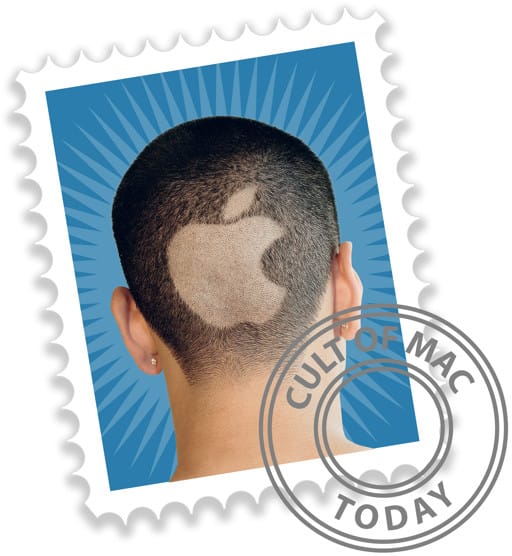Qi2 wireless charging could have helped the newly announced Samsung Galaxy S25 series better compete with the iPhone. But no — the Korean phone-maker let another opportunity to integrate this useful feature into its products sail by.
Samsung did build a half-assed version of Qi2 in the S25 series, so it might claim it met its promise to adopt the charging standard. But it’s a clunky solution.
iPhone users should care about Samsung’s poor decision because it means accessory-makers are less likely to produce Qi2-compatible products that are also compatible with Apple’s handsets.
Qi2: A cross-platform version of MagSafe
Apple adopted the original Qi wireless charging standard with the iPhone 8, but significantly improved it with MagSafe starting with the iPhone 12. The alternative version puts magnets around the wireless charging coil to automatically align the iPhone to compatible accessories. The Wireless Power Consortium developed Qi, and liked Apple’s improvement so much it built it into Qi2. Apple immediately adopted it, and every iOS device going back to the iPhone 12 supports it.
Android… not so much. At one point there was hope: At CES 2025, Samsung promised to put Qi2 in its devices this year.
But it didn’t. Not really.
Samsung’s Galaxy S25 series models take a step toward Qi2 support, but it requires buying a special case. A “Qi2 Ready” case adds the feature. What’s in a “Qi2 Ready” case? Magnets. When you consider that magnets are the signature feature of Qi2, and the new S25 models don’t actually have these magnets, it’s hard to argue that they really support Qi2.
A better way of charging
Qi2 wireless charging is so much easier than plugging in a charging cable. Just set your device down on a charging mat and it’s getting power.
Magnets automatically line up the mat and your handset so power flows. And that’s the big advantage over the original version of Qi. Devices that don’t have Qi2 must be carefully aligned by the user or charging does not happen.
And beyond that, the magnets can be used to connect accessories to the handset, like external batteries. Or easily attach the phone to stands, bike mounts, etc. with Qi2.
iPhone supports this brilliant feature. The Galaxy S25 series had a chance… and flubbed it. Oh well, there’s always next year.
Qi2 for everyone: Samsung, Apple, etc.
As an iPhone user, I ordinarily don’t care what features are or are not built into Samsung’s Androids. But Qi2 was made by the Wireless Power Consortium to be a cross-platform standard. And, as with any standard, the more products that embrace it, the more useful it is. So while it’s all well and good that iPhones include Qi2, Androids need to get on board, too.
Accessory makers are more likely to make Qi2-compatible products if they can sell them to more than iPhone users. While Apple accounts for almost 60% of the U.S. smartphone market, millions more potential Android customers are important.
Here’s hoping the Galaxy S26 series in 2026 includes real, actual Qi2. The move would benefit Samsung’s customers, iPhone users, accessory makers… just about everyone.


